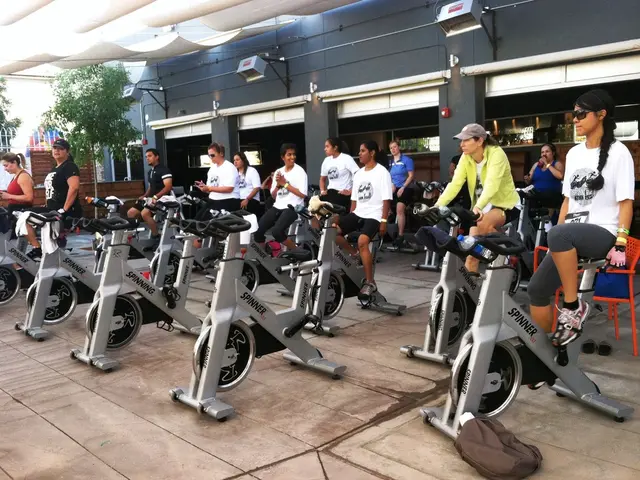Experiencing pain levels associated with bladder sling surgery: Insights on perioperative, postoperative, and beyond pain management
Bladder sling surgery is a minimally invasive procedure used to treat urinary incontinence and pelvic organ prolapse. The surgery is generally followed by moderate pain, soreness, and general discomfort, but this pain is manageable and subsides within a few days or weeks.
Pain Management
Over-the-counter medications, including acetaminophen and nonsteroidal anti-inflammatory drugs, can be used to manage pain following bladder sling surgery. A doctor may also prescribe antibiotics, pain medications, and muscle relaxants to help with recovery.
Before the surgery, a healthcare professional will administer general anesthesia or spinal anesthesia. General anesthesia causes the person to be unconscious and not feel any pain during the procedure, while spinal anesthesia keeps the individual awake but numbs them from the waist down.
Post-Surgery Recovery
After the surgery, it's crucial for the person to rest for at least a few days, and some may need to rest for longer. Adequate rest, using ice packs and heating pads, staying hydrated, taking showers instead of baths, avoiding caffeine and alcohol, performing pelvic floor exercises according to a doctor's instructions, following a balanced diet that includes fresh fruits and vegetables, avoiding acidic and spicy foods, doing gentle stretches, and attending follow-up appointments can help manage post-surgery pain and discomfort.
Potential Complications
While bladder sling surgery is generally safe, potential complications include urinary retention (difficulty urinating), which may require temporary catheterization; de novo urgency or urge urinary incontinence developing after surgery (reported in about 12-16% of patients); postoperative bladder spasms, discomfort, or lower abdominal fullness sensation; and rare but possible risks with anesthesia like stroke or heart attack, especially in patients with significant comorbidities.
Aftercare Tips
For optimal recovery, it's essential to follow prescribed pain medication to control discomfort, walk soon after surgery to reduce urinary retention and promote healing, perform pelvic floor exercises regularly to strengthen pelvic muscles and improve bladder control, monitor for symptoms like inability to urinate, bladder spasms, or persistent incontinence to report promptly to the physician, adhere to follow-up appointments to assess recovery and manage any complications, and contact a doctor immediately if experiencing severe pain, signs of infection, or unusual sensations while coughing, sneezing, and laughing.
In most cases, symptoms improve after bladder sling surgery and are easy to manage. However, evidence suggests that the efficacy of the sling may decrease over time. If a person develops complications or has pain that persists or worsens, they should talk with a healthcare professional. It may take several weeks to fully recover from bladder sling surgery and resume all activities, including sexual intercourse.
[1] Bladder Sling Surgery: What to Expect. (2021). www.mayoclinic.org
[2] Bladder Sling Surgery: Risks and Complications. (2021). www.healthline.com
[3] Bladder Sling Surgery: Recovery and Rehabilitation. (2021). www.webmd.com
[4] Bladder Sling Surgery: What You Need to Know. (2021). www.uptodate.com
[5] Bladder Sling Surgery: Long-Term Outcomes. (2021). www.ncbi.nlm.nih.gov






